Serving as “a force multiplier for good”
“At MIT, we believe that public service can be—and should be—as intense, meaningful, and intellectually rigorous as academic work. MIT alumni help convey this philosophy … that serving others is not an activity separate from academic and professional pursuits; it is a vital element of a wise, creative life.”
Institute president L. Rafael Reif shared those thoughts with alumni volunteers during a session at the 2021 Alumni Leadership Conference (ALC), where the MIT Alumni Association (MITAA) formally launched its MIT Alumni Better World Service Initiative. Equal parts networking site, workspace, project aggregator, and storytelling platform, this initiative connects MIT alumni working to make a better world through volunteer efforts in climate and sustainability, human health, STEM education, social justice and equity, and more.
“MIT people are restless, forever looking to use our minds and hands—and hearts—to solve problems, big and small,” says Annalisa Weigel ’94, ’95, SM ’00, PhD ’02, the Association’s 127th president. “Through the service initiative, we are hoping to shine the light on the alumni who are making tangible impacts in their careers and through volunteering their time and talents in meaningful service projects.”
Through a digital platform hosted by the MITAA, the initiative enables alumni to communicate about their efforts with peers around the globe. There are three main ways to participate. Alumni are invited to submit projects they are working on to elevate their visibility and enlist others interested in participating. Alumni who are seeking to get involved in a new volunteer opportunity can search existing projects by type of cause to find ways to share their skills and knowledge. Finally, the Association is enlisting “service ambassadors,” or volunteers who can work across the network of nearly 143,000 alumni to build more support for the projects.
Inspiring others to action
While the MIT Alumni Better World Service Initiative is a new endeavor, serving the community has been a pillar of the MIT alumni experience since the Institute’s first classes. The Association itself was formed in 1875 “to further the well-being of the Institute in the school and each other.” Later, in 1896, the Association of Class Secretaries became one of the MITAA’s first volunteer groups, and the efforts to track the history of the classes and keep their members united continue today, in the pages of this publication.
While the Institute has benefited from a significant corps of advocates—during the life of the MIT Campaign for a Better World, more than 27,000 alumni and friends served as volunteers—the new initiative focuses on the world beyond campus. (See the sidebar at right for recent examples of alumni in action.) The tradition will be further honored when the Association bestows its inaugural MIT Alumni Better World Service Award this spring on an individual whose service efforts offer inspiration to alumni peers.
With the launch of the MIT Alumni Better World Service Initiative, the MITAA hopes that examples of excellence will spur others to share, connect, and elevate their individual contributions, combining forces for a greater impact.
“The Association’s ultimate vision is ‘to engage and inspire the global MIT community to make a better world,’” says Whitney T. Espich, the Association’s chief executive officer. “If we want to fulfill that promise, we need to be harnessing all the points of energy, and that includes factoring in the exponential power of our alumni in service to others. As they did as students, MIT alumni working together can continue to be a force multiplier for good.”
Spotlight on Service
The tradition of service to others runs throughout the history of the MIT alumni community. Some recent examples:
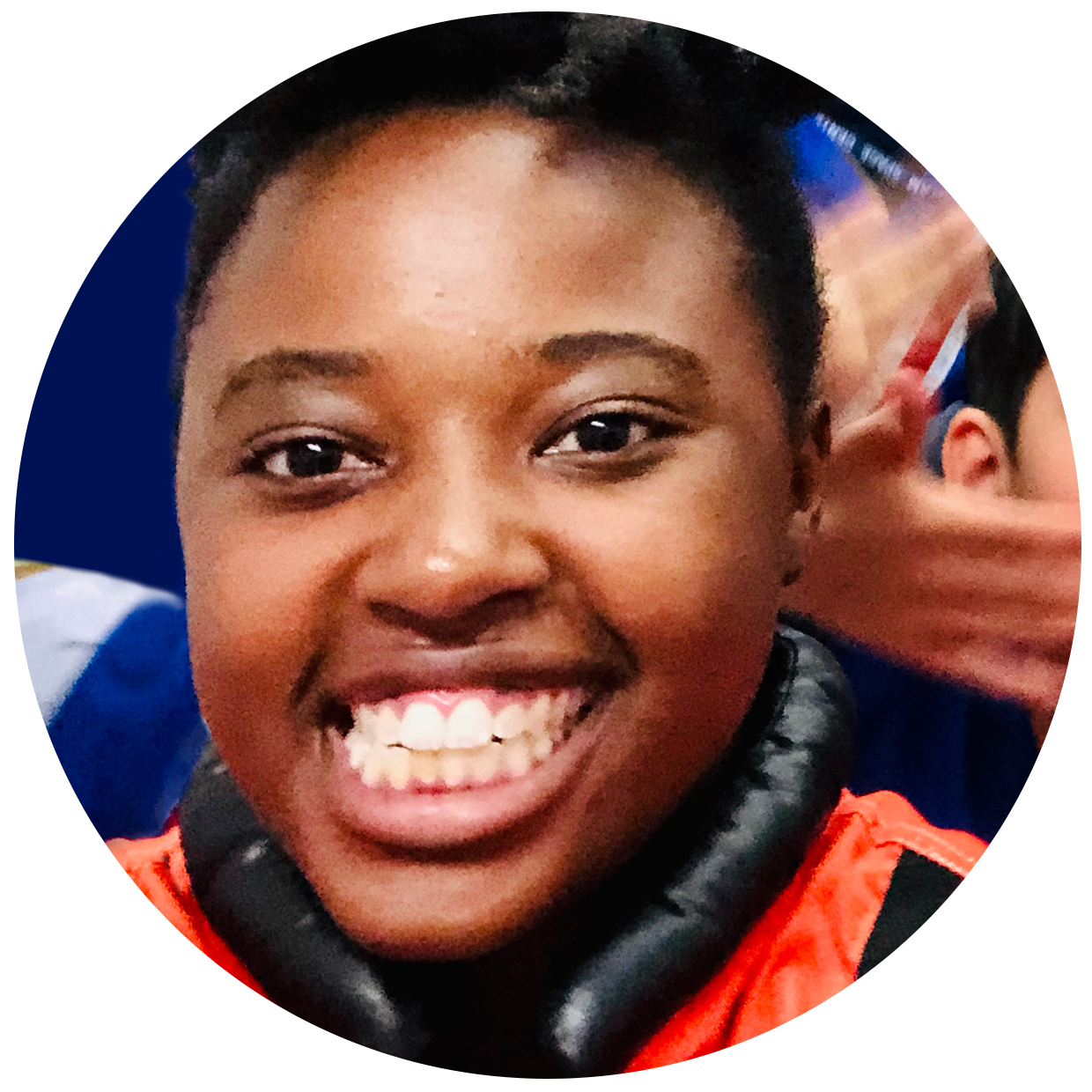
Janelle Wellons ’16
The instrument operations engineer at NASA’s Jet Propulsion Laboratory is working to increase BIPOC representation in STEM by sharing her story through keynote talks at conferences, middle schools, and high schools; on a PBS show called SciGirls; and through involvement with local nonprofits.
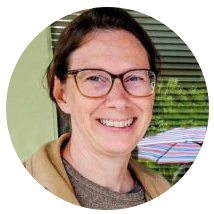
Karina O’Malley ’91
O’Malley, a literature with math major, has helped start two women-focused organizations in Washington state: the Sophia Way, a homeless shelter, and Safe Parking, a program for women and families who are living in their cars.
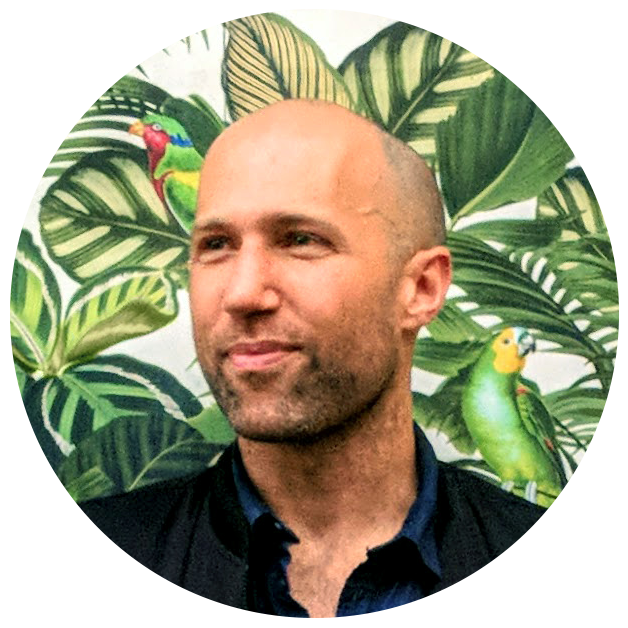
Matt Stempeck SM ’13
The freelance civic technologist translated his master’s thesis in the Media Lab into the Civic Tech Field Guide, a crowdsourced global directory of technologies for the public interest. Stempeck curates the guide, which now includes more than 4,000 projects.
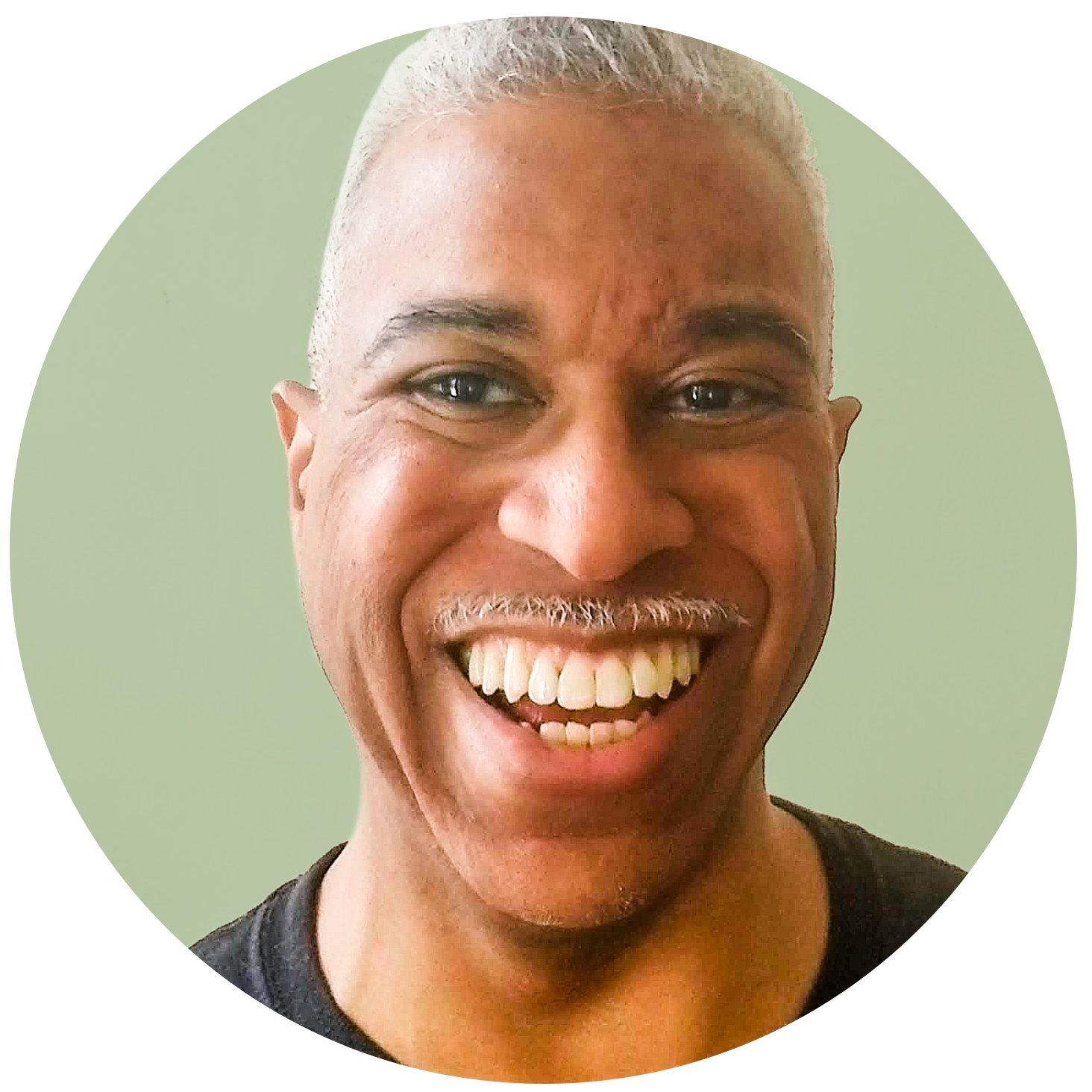
Ken Granderson ’85
The shareware product engineer started BlackFacts.com, which aims to become the “Black Wikipedia.” Using his AI-enabled platform Timbuktu, it aims to deliver Black history, news, and videos in order to “put Black communities in control of our narratives.”
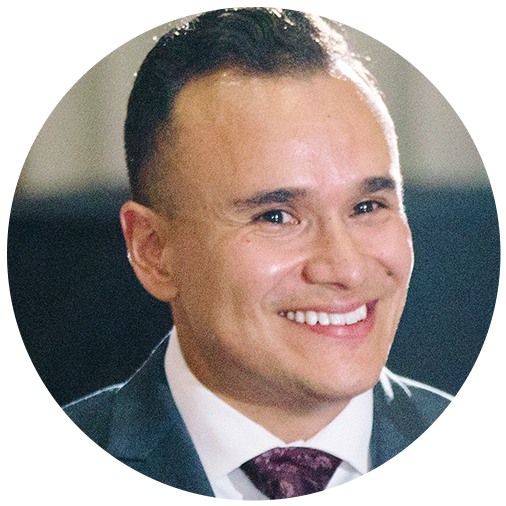
Guadalupe Hayes-Mota ’08, MBA ’16, SM ’16
A global supply chain and manufacturing executive, he is tapping into his own battle with hemophilia to help others as a board member of Save One Life, a nonprofit that provides medication, scholarships, and business grants to people with bleeding disorders in developing countries.
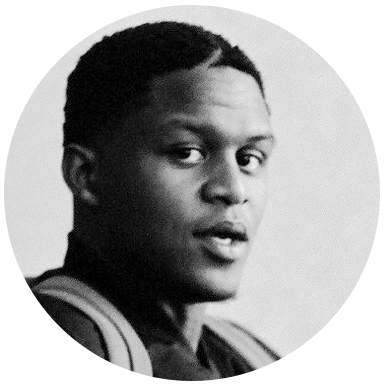
Quinnton Harris ’11
The creative professional worked with a collective of peers and artists, HellaCreative, to develop an online space to
increase the visibility of Juneteenth and advocate for companies across the US to recognize it as a holiday.
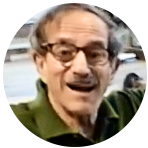
Seth Goldstein ’61, SM ’62, SM ’63, ScD ’66
The retired NIH biomedical engineer launched a second career as a sculptor—creating both kinetic sculptures and vine sculptures with his wife, Paula Stone ’72, SM ’73, PhD ’77. After learning that the vines they used were invasive and a threat to the local environment, they became weed warriors, working to eradicate the vines from 34,000 acres of parks in the DC area.
